Golang Interview Questions
0 4698
Hello and welcome back to my today's blog on updated Golang Programming Interview Questions for 2020
While having a sip of my coffee, it just popped up in my mind to prepare this blog as I found it is difficult to go to all the sites to search for the best interview questions for Golang.
I have gone through many sites and interacted with people from the same field and came to the conclusion by preparing the collection of the top 15 most asked questions about GO Programming Language by the interviewers these days.

Don't stress too much by thinking where to start your preparation from. Simple is just walking through this exclusive list of questions or else it would be a time-consuming task to search for the interview questions.
Also I have tried to use very simple and basic language so that you can easily understand the answers.
Let's get started!
1) What is GO programming?
GO is an open-source programming language that is used to develop simple and reliable software. The software in GO is built from the packages which lead to an efficient dependency management attribute of the language.
2) What are packages in GO programming?
The Go programming languages run with the help of packages. The code written in Go is run in the program main package with the import paths as "fmt" and "math/rand".
3) Is Go a case-sensitive programming language?
Yes, GO is a case-sensitive language.
4) What are the advantages of using the GO language?
Various advantages of using GO languages are:
- It is a fast programming language which complies very quickly
- Garbage collection is included in GO programming
- Concurrency at the language level is also supported in GO
- Maps and Strings are built into the program
- CSP-style concurrent features and various safety measures are included in the programming language
- The first-class objects in Go are the functions.
5) What do you mean by the workspace in GO?
Workspace is a directory hierarchy that is used to store the code for GO programming languages.
The three directories in the root of GO workspace are:
- src containing the source code files organized into packages
- pkg containing the package objects
- bin containing the commands to be executed
6) How is testing performed in GO?
Testing in Go programming language can be done with the help of testing framework which consists of go test command and testing packages.
You just have to save the file with the _testing as ending of the filename.
7) What are string literals?
String literals refer to the strings which are obtained by concatenating a sequence of characters. In GO, there are two main types of string literals:
- Interpreted String Literal which consists of text as the value inside double quotes (" ") without a new line.
- Raw String Literal which consists of character sequences as the value inside the backquote (") without any interruption.
8) What is Go Interfaces?
GO interfaces are specified as a set of methods or types and are used to specify the behavior of the objects.
The correct way to create a GO interface is to use the "type" word followed by the keyword and name interface.
The book which I personally suggest you read is given below, which will help you enhance your knowledge base and skillsets.
9) Can we format strings in Go without printing them?
Yes, we can format strings in GO without printing them using the following command:
return fmt.Sprintf ("at %v, %s" , e.When , e.What)
10) What is the GOPATH Environment Variable?
GOPATH environment variable is used in GO to specify the exact location of the workspace. The environment variable must be set before writing any code in GO programming.
11) Write a program to swap integers in GO.
The program below swaps integers 1, 2,3,4,5:
func reverse(s []int) {
for i, j := 0, len(s)-1; i < j; i, j = i+1, j-1 {
s[i], s[j] = s[j], s[i]
}
}
func main() {
a := []int{1, 2, 3, 4, 5}
reverse(a)
fmt.Println(a)
}On running the code, the output will be:
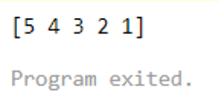
12) How can you compare constructs in GO programming? Explain with a code.
We can compare the constructs in Go programming with the help of == unless the constructs are of varying types and do not contain maps, slices or functions.
For example, see the below code:
import (
"fmt"
)
func main() {
a := 33
b := 33
if a == b {
fmt.Println("a is equal to b")
}
}As 33==33, the output will be:
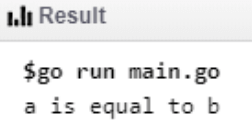
13) What is go-routine in GO? Can we stop them?
Go-routine in Go programming is a function that runs along with other functions. Yes, we can stop go-routine with the use of a signal channel which pushes a certain value, detecting it to stop executing.
When the function detects the signal, it halts.
14) How are Hash displayed in a sorted order using GO?
The hash values can be sorted in Go programming with the help of key values and sort function.
For example, look at the following example which sorts the values as per the keys:
import (
"fmt"
"sort"
)
func main() {
veggie := map[string]int{
"Tomato": 500,
"Onion": 600,
"Potato": 700,
}
var keys []string
for key := range veggie {
keys = append(keys, key)
}
sort.Strings(keys)
for _, key := range keys {
fmt.Printf("%s:%v\n", key, veggie[key])
}
}On executing the program, the output will be:
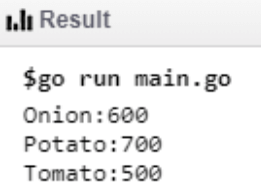
15) How can we generate multiple strings in GO?
Multiple strings in GO can be written with the help of raw string literal inside backquotes.
For example:
'String 1 String 2 String 3'
Conclusion:
That was all in terms of the Golang programming language. In a nutshell, it is not a difficult task to crack the Golang interview in 2020 until or unless you prepare well. So let's get a head start to your dream career with me.
I hope I am successful in reducing your burden of searching multiple sites for Golang programming interview questions.
Also share with me your personal experience in the comment box below if you have faced Golang Interview.
At last keep connected for more updates on interview questions and keep sharing my blogs with your peers.

Share:

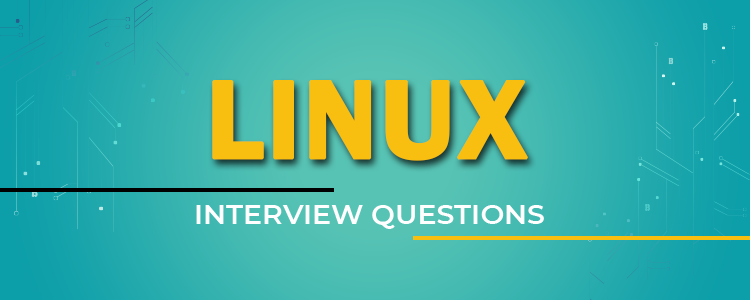
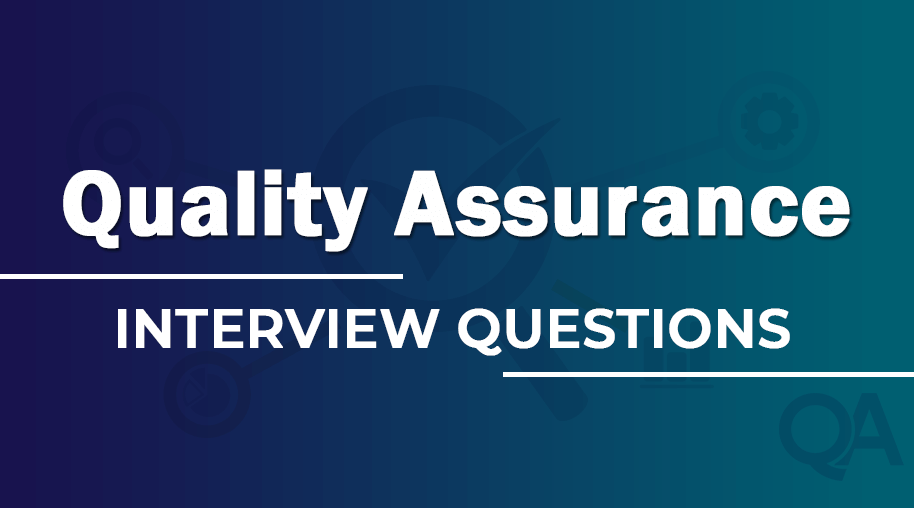
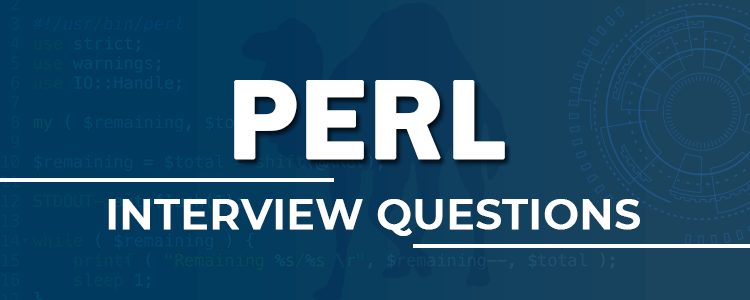
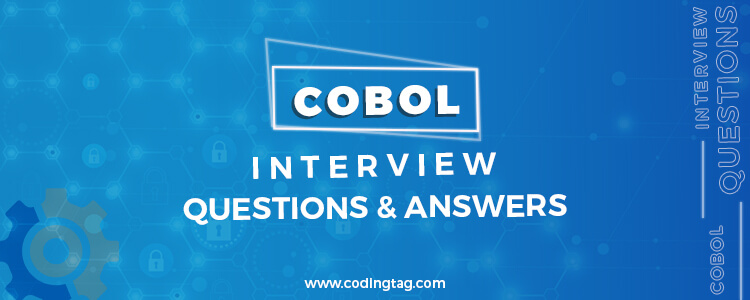



Comments
Waiting for your comments